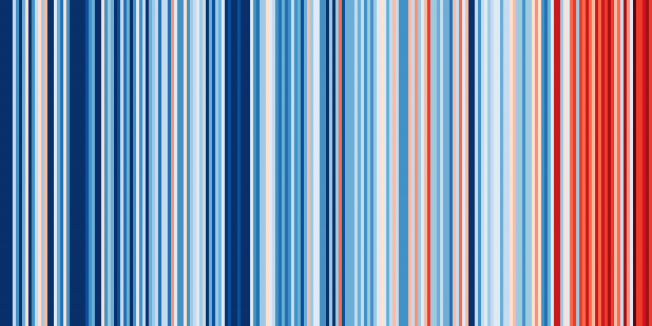Validation of water vapour profiles from GPS radio occultations in the Arctic
FIRST CHAMP MISSION RESULTS FOR GRAVITY, MAGNETIC AND ATMOSPHERIC STUDIES (2003) 441-446
On the structure and variability of atmospheric circulation regimes in coupled climate models
Atmospheric Science Letters 2:1-4 (2001)
Abstract:
In order to investigate whether climate models of different complexity have the potential to simulate natural atmospheric circulation regimes, 1000-year-long integrations with constant external forcing have been analysed. Significant non-Gaussian uni-, bi-, and trimodal probability density functions have been found in 100-year segments. © 2001 Royal Meteorological Society.On the structure and variability of atmospheric circulation regimes in coupled climate models
Atmospheric Science Letters Wiley 2:1‐4 (2001) 72-80
On the structure and variability of atmospheric circulation regimes in coupled climate models
ATMOSPHERIC SCIENCE LETTERS 2:1-4 (2001) 72-80
Arctic and Antarctic ozone layer observations: chemical and dynamical aspects of variability and long-term changes in the polar stratosphere
Polar Research Norwegian Polar Institute 19:2 (2000) 193-204



